Smartphones Are Producing More Radiation Than They're Allowed
Dhir Acharya - Aug 24, 2019

Smartphones released by Samsung and Apple for the past three years may produce higher radio frequency than the allowed limit by the FCC, a report said.
- POCO X2 vs POCO F2 Pro: Reasons Why POCO X2 Is A Better Choice
- Samsung Galaxy M12 Debuts In India With 90Hz Display & 48MP Quad Cam
- Realme C12 Review: Refreshing Design, Massive Battery, Decent Cameras
Phones released by Samsung and Apple for the past three years may produce higher radio frequency than the allowed limit by the FCC, the Chicago Tribune reported. There has been increased concerns among consumers and scientists that radio frequency radiation released from our phones can negatively impact on human health, especially when 5G is gradually rolling out around the world.
According to the new report, 3G and 4G phones may release five times as much radiation as the safe limits set by the FCC.
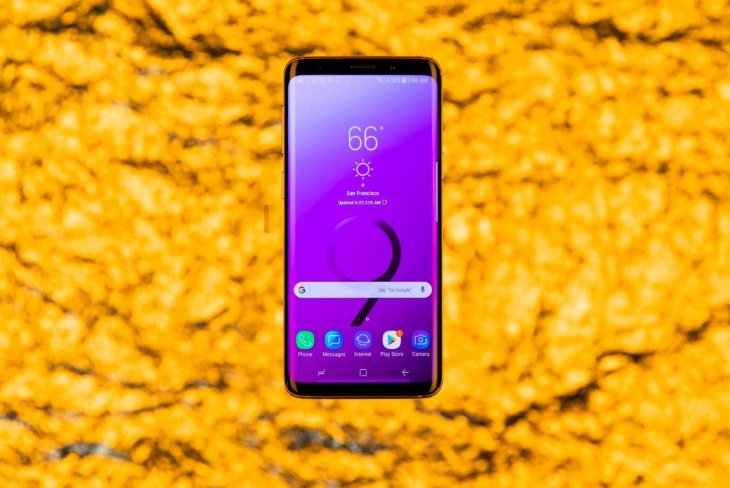
Smartphone makers are required to comply with the FCC guidelines regarding the amount of radio frequency radiation absorbed into the body. Currently, the measure for determining the safety limit is SAR (specific absorption rate), which the FCC set at 1.6 watts per kilogram, the average for 1 gram of tissue. The commission says that the limit is way below the level indicated in laboratory testing that can cause adverse health effects.
It adds that to get approval, a phone cannot exceed the maximum SAR level; however, the investigation of the Tribune proves a number of older phone models do.
In its investigation, the Tribune testes 11 models: the BLU Vivo 5 Mini, Motorola (e5, e5 Play, and G6 Play), Samsung Galaxy (S8, S9, and J3) and the iPhone (7, 8, 8 Plus, X), . The test took place at the RF Exposure Lab, US. The phones were placed within 15, 10, 5, and 2 millimeters of a simulated body, which is a mix of salt, water, and sugar, and the investigators measured the exposure levels with various probes.
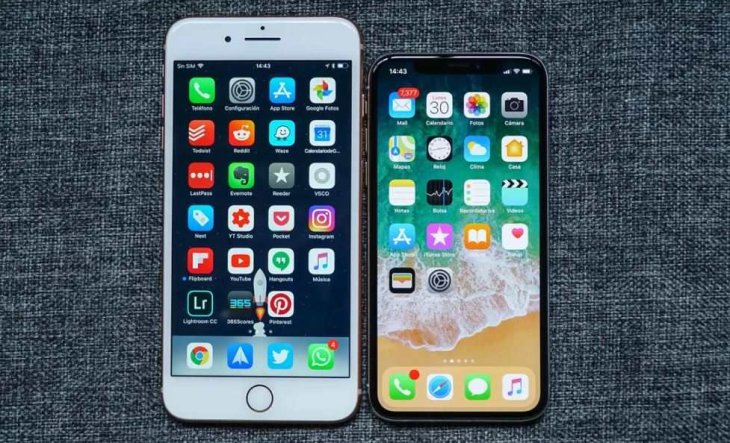
As per the result, the iPhone 7 was one of the devices with the worst absorption levels, whose SAR was nearly twice to four times higher than the allowed limit at 2 millimeters. Samsung’s three tested phones also had higher absorption at this distance, with the S8’s level at 8.22W/kg, which is five times higher than the standard.
It is also sated in the report that in the coming months, the FCC will test phones itself but they said that the testing wasn’t as comprehensive as those filed for official compliances reports.
As written by the Tribune, the test indicated the worst scenario possible regarding the exposure to radio frequency radiation while consumers don’t experience the same exposure levels as in the tests. Nevertheless, lab owner Jay Moulton said that such exposure could still happen in certain situations.
What’s next?
We cannot tell if the investigation’s results correlate with adverse effects on human health. There’s currently no scientific evidence strong enough to show the harmfulness of this exposure level. From the investigation, we can only declare that the SAR levels of the tested models exceed the current limits of the FCC, which is a small sample.
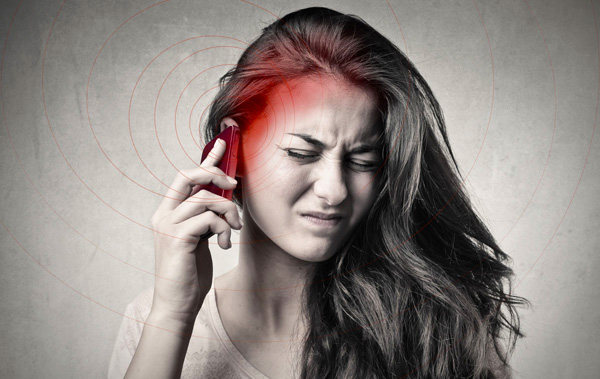
The investigation, however, does suggest that as the smartphone gets closer to the human body, the exposure level gets higher. However, for a single test, all the measurements taken at the 2mm distance from the body were higher than those at the 5mm and 10mm distances, leading to questions about what distance phone makers choose before releasing a new device to the market.
In addition, the commission may impose a protective exposure limit. While the phones tested exceed the 1.6W/kg safety limit, adverse health effects only appear at exposure levels 50 times higher than the FCC standard.
According to the investigation, in-built sensors often help make the phone go into low-power states when it is close to the skin. During the tests, the team took this into account for Motorola and Apple phones, but not for the Samsung phones.
The commission was in investigations to decide if this limit should change amid the appearance and rise of 5G phones, but it declared on August 8 that the limit would remain the same. Director Jeffrey Shuren of the Center for Devices and Radiological Health at the FDA said:

Meanwhile, a spokesperson from Samsung told CNET that:

The FCC and Apple didn’t respond immediately to a comment request.
Featured Stories

Mobile - Oct 23, 2025
How Casual Games Are Winning the Mobile Attention War
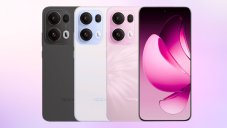
Mobile - Jul 03, 2025
OPPO Reno 14 Series Hits India: Launch Date, Cameras, and Specs
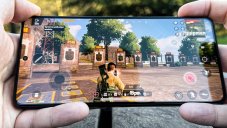
Mobile - Jun 12, 2025
Best Gaming Phones 2025: Top Devices for Mobile Gaming
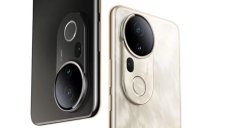
Mobile - Jun 12, 2025
Vivo T4 Ultra Debuts with MediaTek Dimensity 9300+ Chipset
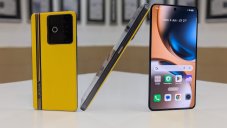
Mobile - Jun 08, 2025
Realme GT 7T Review: Power Meets Endurance in Controversial Style
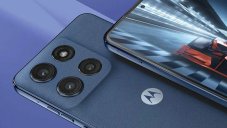
Mobile - Jun 08, 2025
Motorola Edge 60 Set to Debut in India This June
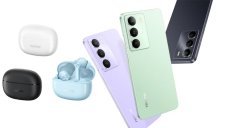
Mobile - Jun 07, 2025
Realme C73 5G Launches in India: Budget 5G Phone Starts at ₹10,499
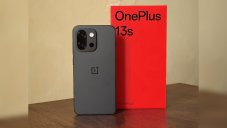
Gadgets - Jun 07, 2025
OnePlus 13s Makes Indian Debut: Compact Flagship Brings Premium Features at...
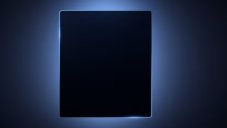
Mobile - Jun 04, 2025
Samsung Galaxy Z Fold 7 Ultra: The Next Chapter of Premium Foldables
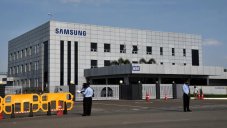
Mobile - Jun 02, 2025
Comments
Sort by Newest | Popular